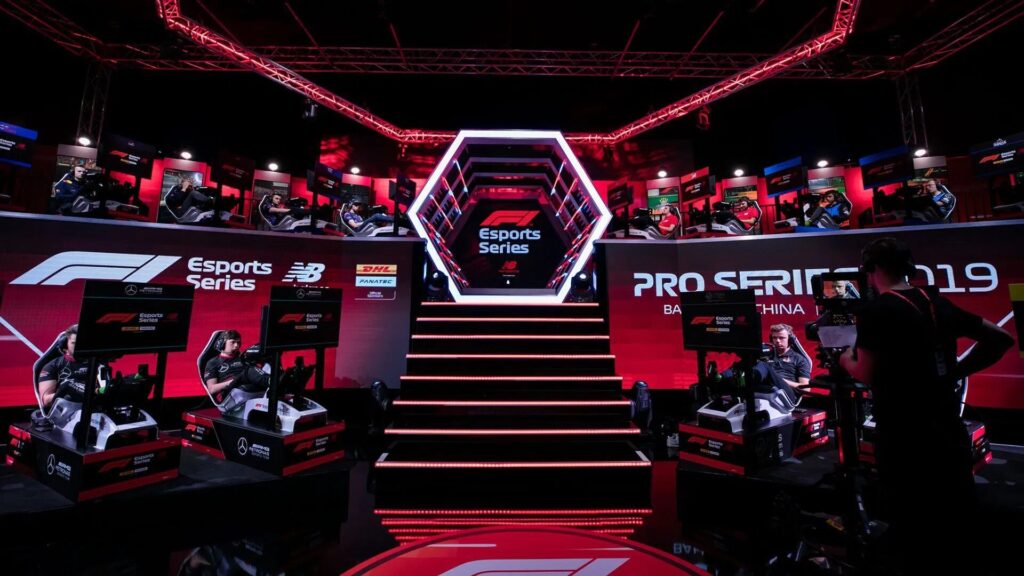
When you think of Formula 1, the first image that comes to mind is probably a roaring V6 hybrid car speeding down a track. But in today’s digital era, F1 is no longer limited to the physical world.
The growth of F1 Esports has turned virtual racing into a professional sport, with real sponsors, real teams, and even real-world racing opportunities for top performers.
The F1 Esports Series is an official championship launched in 2017 that brings together the best virtual drivers from around the world. Anyone can compete through online qualifiers, and the best talents are drafted by official Formula 1 teams like Mercedes-AMG Team, Red Bull Racing, and Ferrari.
The competition uses the official F1 video game, developed by Codemasters, which replicates every track, car, and weather condition with impressive accuracy. Each season features multiple rounds that mirror the real-world F1 calendar, creating a parallel championship that fans can follow live on YouTube, Twitch, and F1’s official channels.
The biggest achievement of F1 Esports is how it has blurred the line between sim racing and real racing. Professional simulators now replicate real-world physics so accurately that drivers can practice track layouts, perfect race starts, and even fine-tune car setups from home.
Some virtual drivers have made the leap to real tracks. Cem Bölükbaşı, a former esports racer, became the first F1 Esports driver to compete in Formula 2. Igor Fraga, a Gran Turismo champion, earned a seat in FIA Formula 3. These examples prove that esports is no longer just a game, it is a pipeline for future motorsport stars.
If you are interested in how technology shapes F1 preparation, you might also enjoy our article on how F1 drivers prepare physically and mentally before a race, just need to click here.
Modern F1 driver academies use simulation technology daily. Teams like Red Bull and Mercedes have young drivers spending hundreds of hours on high-end simulators before they even get into a real car.
These virtual sessions help them:
This means that by the time a rookie gets behind the wheel in real life, they already have a strong understanding of how the car behaves, all thanks to virtual racing.
F1 Esports isn’t just about training future drivers, but it’s also about creating a new, younger fanbase. Virtual races are streamed live on Twitch and YouTube, allowing fans to chat in real time and interact with their favorite teams and drivers.
This level of engagement is something traditional races can’t always offer. The gaming community is global, and many people who first discover F1 through the esports series eventually become fans of the real championship as well.
The potential for growth is massive. Expect more virtual reality (VR) integration, AI-powered coaching tools, and larger international tournaments in the coming years. Some experts even predict that F1 teams will scout their next generation of talent primarily through esports competitions.
And with the popularity of sim racing on platforms like iRacing and Assetto Corsa, the line between gamer and racer will continue to blur.
The rise of F1 Esports shows that racing is no longer confined to physical circuits. It’s a place where new talent is discovered, fans connect worldwide, and technology pushes the sport forward.
Have you ever tried sim racing or watched an F1 Esports event live?
Image from: f1 e-sports


© 2024 RACEK Design. All Rights Reserved.
Discount Applied Successfully!
Your savings have been added to the cart.